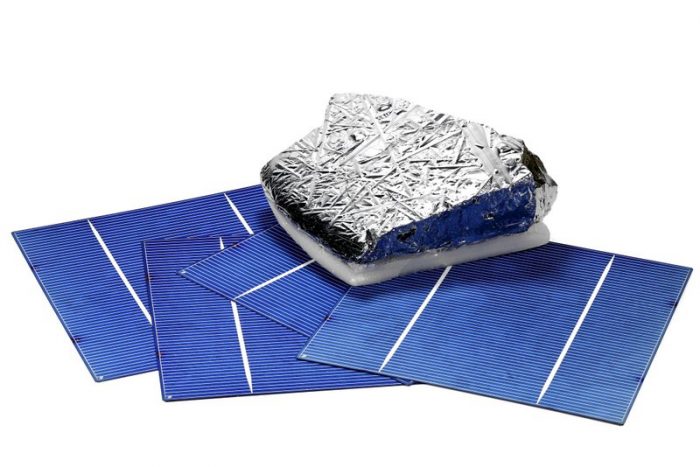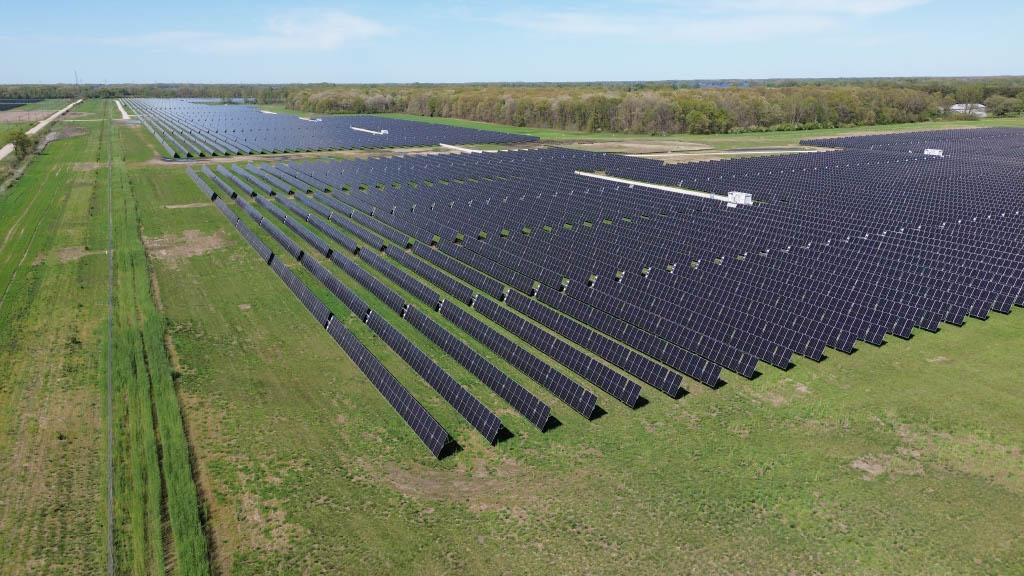How will Customs enforce the Uyghur Forced Labor Prevention Act?

On Friday June 17, the U.S. Department of Homeland Security (DHS) unveiled its strategy for the implementation of the Uyghur Forced Labor Prevention Act (UFLPA), which went into effect on June 21. DHS urges importers to follow the operational guidance issued on June 13 by CBP and comply with the UFLPA Strategy to ensure their goods are fully compliant and able to be imported into the United States.
To help us understand what it actually means for solar importers, Clean Energy Associates senior policy analyst Christian Roseland sent over this statement on the implementation strategy, which includes a list of entities whose products are assumed to be made with forced labor and are prohibited entry into the United States.
“Through this strategy, the federal government is accomplishing the ends of the UFLPA and the strategy does not appear to extend outside of Xinjiang. The list of banned entities includes Hoshine Silicon and the Xinjiang subsidiaries of polysilicon makers Daqo, East Hope, and GCL. This was the outcome that we found most likely and means a de facto ban on cells and modules containing polysilicon from Xinjiang.
Most of the large suppliers making products for the U.S. market are already not utilizing polysilicon from Xinjiang and there is still ample polysilicon for the U.S. and EU markets from other provinces in China. Additionally, there is more non-Xinjiang polysilicon capacity coming online in multiple provinces in 2023.
A greater concern for the U.S. market is the Operational Guidance issued by Customs on June 13 which warns that “importers should be aware that imports of goods from factories that source polysilicon both from within Xinjiang and outside of Xinjiang risk being subject to detention.”
If Customs focuses its enforcement on factories with multiple sources of supply, module buyers could see challenges sourcing modules not only from China and Southeast Asia but nearly all nations. China produces 97% of the world’s ingots and wafers and there are few ingot and wafer factories that currently process only non-Xinjiang polysilicon. CEA sees potential for the new ingot and wafer factories in Southeast Asia to process only non-Xinjiang polysilicon to comply with this guidance, as these factories are focused on the U.S. market.
Overall, we are still waiting to see how Customs enforces UFLPA in practice. While CEA sees this strategy as focused on the named entities and Xinjiang, there is still the potential for Customs to take a more expansive approach to detentions. This could have a chilling effect on shipments to the U.S. market until such time as suppliers and importers are able to navigate the new circumstances.





Comments are closed here.